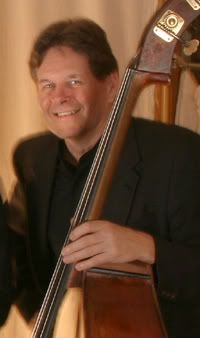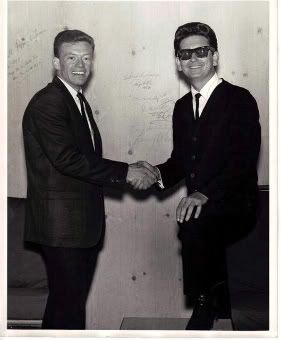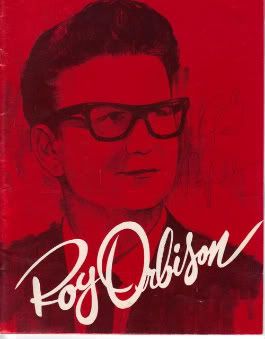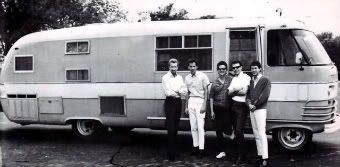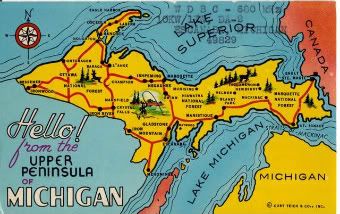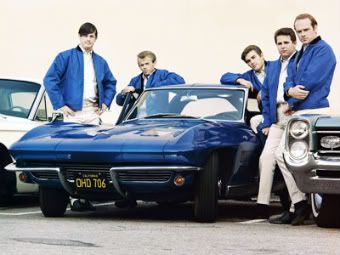
The Beach Boys recorded more than
a dozen songs about cars, including "Fun,
Fun, Fun," "409" and "Shut Down."
By STEVE SEYMOUR
Pop music and fast cars have been linked for more than half a century.
That combination of speed and rock 'n' roll appealed to me when I bought car magazines off the neighborhood news stand and listened to car songs on the radio as a youngster.
I wasn't alone. Millions of kids and young men were fascinated with dragsters, super stocks, hot rods and motorcycles.
Our imaginations were fired up by such Top Ten hits as "Hey, Little Cobra," by the Rip Chords, "GTO" by Ronny and the Daytonas and "Little Honda" by the Hondells, actually a group of studio musicians which included Glen Campbell and Gary Usher.
The crowded field of car tunes even included an Upper Peninsula-related record. "Drag Strip U. S. A.," recorded by The Flagmen, is a catchy tune, which starts with the sound of racing engines.
The song's lyrics get right to the point: "We're at the strip and we're doin' fine; my Ford's really comin' off the line." The song makes reference to Jan & Dean, the Beach Boys and Dick Dale, known as the king of surf guitar. Of course, Jan & Dean are responsible for two of the genre's greatest songs, "Drag City" and "Dead Man's Curve," while the Beach Boys hit with "409" and "Little Deuce Coupe," among others.
"Drag Strip U. S. A." was released in 1964 at the peak of the car song craze. The tune was written by John Robert Mihelich, Lloyd Hugo and J. Mitchell. The Flagmen were actually a variation of the Vigilantes, an early rock band hailing from the U. P.'s Copper Country.
Published by Westbound Music, the song appeared as 45 rpm single 3014 on Limelight Records, a division of Mercury Record Productions. The song was arranged by Eddie Mascari, a record executive at Mercury, who would work with the Houghton-based Kinetic Energy when they recorded a single four years later.
The singer in "Drag Strip U. S. A." won his race, but the track did not become a hit. Still, it's fondly remembered by many folks who appreciate such songs.
While some car tunes turned to musical gold, record companies also sought to satisfy market demand with long-playing records containing just engine sounds. I found four of these in my LP collection. Two of the discs appear on the well-known Capitol Records label, while the other pair were issued by Riverside Records, founded by Bill Grauer and Orrin Keepnews.
Started in 1953, Riverside was a premier jazz label, issuing recordings by Thelonious Monk, Bill Evans, Cannonball Adderley and Wes Montgomery. Surprisingly, the New York City label also released an extensive catalog of drag strip sound recordings. As an added attraction, the albums were manufactured in stereo at a time when most recordings were still monophonic.
The Riverside title "Hot Rods and Dragsters in Hi-Fi" was recorded at the 5th Annual National Hot Rod Championship Drag Races in Detroit over the Labor Day weekend in 1959. Riverside's "Hot Rods, Dragsters and Super Stocks," meanwhile, was recorded at Atco Raceway in New Jersey. The quarter mile track was opened in 1960 and is the state's oldest drag strip.
Listening to these albums, you can imagine what it's like to move along at almost 180 miles an hour. Riverside achieved the effect "by placing two microphones on either side of the starting line and two more two-thirds of the way down the strip," the liner notes revealed. With such advanced and conceivably expensive recording techniques, Riverside LPs sold for a pricey $5.98.
Public interest in drag racing in the
early 1960s was so great that record companies
satisfied the demand by issuing LPs devoted to
the roar of engines, such as the Big Sounds
series released by Capitol.
On the other hand, the Capitol albums may have been mono, but they had better covers. Both of my records feature a design which includes three photographs and the word "BIG" in large letters. I own "The Big Sounds of the Drags, Vol. 2" and "The Big Sounds of the Sports Cars!" The Capitol titles were produced by Jim Economides.
Capitol sold their sound effects albums along side titles by the Beach Boys, who recorded at least a dozen songs about cars, including "This Car of Mine," "Fun, Fun, Fun," and "Ballad of Ole Betsey."
Recording car sounds even extended to an LP called "The Fastest 500," a complete report of the 1961 Indianapolis race. 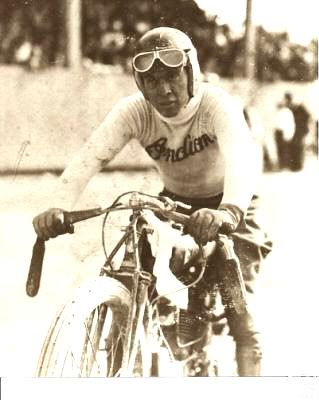
Johnny Seymour
The Indianapolis 500 held special meaning for me because my great- Uncle Johnny Seymour drove in the annual event six times, 1928 through 1930 and 1934 through 1936.
He never completed a race due to various mechanical problems and a crash in 1930, but qualified at 114.307 miles an hour in 1929.
Uncle Johnny started as a motorcycle racer and often thrilled crowds in the Escanaba area on his Indian brand machine in the 1910s and 1920s. Born in Escanaba, Uncle Johnny died on Feb. 27, 1958 in South Bend, Ind., at 61 years of age. A racing pioneer who competed around the world, he was inducted into the Upper Peninsula Sports Hall of Fame in 1982.
Outside of family, I never met anyone who saw Uncle Johnny race. Then, in the spring of 2006 I talked to veteran local musician Bill Charlebois. Although he learned guitar as a 10-year-old, Bill was 94 in 2005 when he recorded for the first time. He sang and played 33 songs, enough to fill two compact discs and performed on a regular basis at the 8th Street Coffee House.
Bill had an excellent memory and told me that he saw an exciting motorcycle race in Flat Rock which included Uncle Johnny and George Pepin. I was quite intrigued to hear that story from Bill, who died on May 8, 2008, aged 97.
So, there's a little racing in the family history. Maybe that's why I've always liked vintage automobiles. I've owned a 1962 Ford Thunderbird, 1980 Corvette and even a 1940 Plymouth coupe, called "Black Betty." A street rod, "Black Betty" was named after the 1977 hit by rock group Ram Jam, which reworked the tune attributed to the legendary blues singer Leadbelly.
For me, nothing beats the roar and rumble of an engine, except perhaps hearing a great car tune. Whether you favor automobile songs or engine sounds, it makes no difference to me.
Both are music to my ears.
